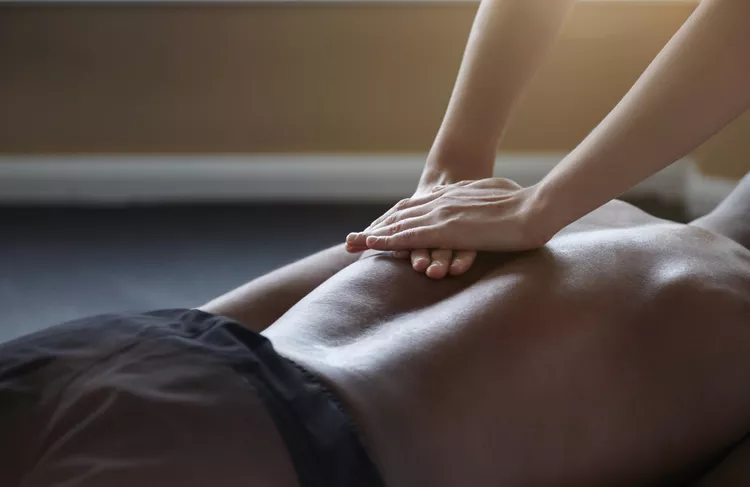Summary
Deep tissue massage targets the deeper tissue structures of the muscle and fascia, offering significant relief from chronic muscle pain often exacerbated by travel. Whether you have recently endured a long flight or a lengthy car ride, a deep tissue massage can help alleviate ongoing muscle soreness, allowing you to fully enjoy your vacation experience.
Utilizing many of the same techniques as Swedish massages, deep tissue massages generally apply greater pressure. This type of massage is more focused, as therapists work to release chronic muscle tension or “knots,” scientifically referred to as “adhesions.”
Some travelers may hesitate to choose this type of massage, as it can be slightly more intense and typically lasts about an hour. However, the relief from deep knots can justify the increased pressure. It is advisable to consult a healthcare professional if you have conditions like blood clots or low blood pressure, as deep tissue work may further lower blood pressure.
What to Expect at Your First Massage
When you visit a spa or resort for a deep tissue massage, you should anticipate a different experience compared to a classic Swedish massage. Given that deep tissue massage involves intense pressure against muscle adhesions, the therapist will concentrate on specific areas for extended periods. If you find the pressure too intense, it’s important to communicate this to your therapist. Providing feedback ensures comfort and effective treatment, allowing relaxation rather than tension during the session.
Building a trusting relationship with your therapist is essential. Different techniques may be utilized, including pressure application with elbows, and some styles may feel more uncomfortable than others. Always articulate your preferences to the therapist to tailor the experience effectively.
After a Deep Tissue Massage
Post-massage hydration is crucial; drinking plenty of water assists in flushing out lactic acid and toxins from the muscles. Failing to hydrate can lead to next-day soreness. If soreness does occur, it typically indicates that significant waste products have been cleared from the tissues. Continuing to drink water is vital, especially while traveling and remaining active.
If you found your initial experience beneficial, consider scheduling further appointments to address chronic pain more effectively. Regular deep tissue sessions can yield better results over time, as the therapist becomes accustomed to your body while you gain familiarity with their techniques.
Lastly, ensuring adequate rest between massage sessions and intensive activity is important. Whether you plan to hike in a mountainous area or spend a leisurely day at the beach, allowing muscles adequate downtime will help mitigate soreness throughout your travels.
Lasting Results Require Multiple Trips
Research has demonstrated that deep tissue massage can lower blood pressure following a single session. Nonetheless, it is essential to maintain realistic expectations regarding the extent of relief one appointment can provide. Chronic muscle pain often requires multiple visits for effective treatment.
The cumulative tension built within the body can develop over time; thus, it may take several sessions to alleviate deep muscle pain fully. Just increasing pressure in one appointment won’t resolve all the knots you may be experiencing. For long-term relief, incorporating exercise, posture improvement, relaxation methods, and consistent deep tissue massages into your routine will prove beneficial.
While deep tissue massage is undeniably effective, it is worth noting that gentle techniques like craniosacral therapy may also facilitate profound therapeutic benefits. If you are uncertain about which massage therapy type best suits your needs, consulting with your therapist or healthcare professional for tailored recommendations based on your symptoms is advisable.




